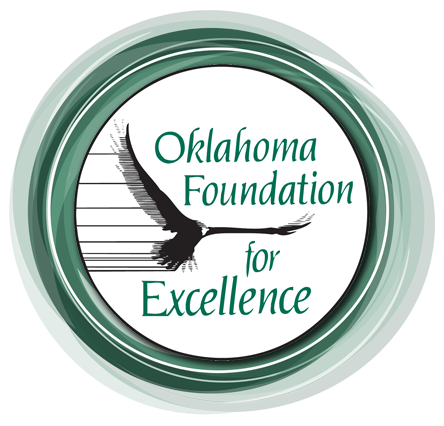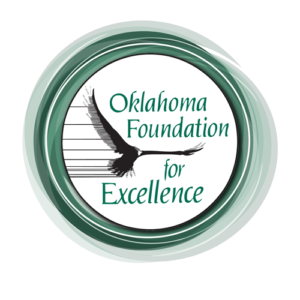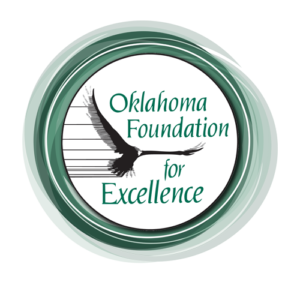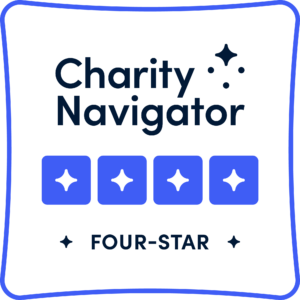Q&A: Meet Founding Father Ben Franklin
Students submitted numerous questions that we were not able to address during the live program “Meet Founding Father Ben Franklin.” We are grateful to historical interpreter Stephen Smith, who portrays Benjamin Franklin in the program, for answering a sampling of questions. We hope you and your students will enjoy reading his responses.
Q: Did you have children? What did your brother do during the Revolutionary War? Did you have other siblings? Did you ever see your sister again? How old were you when you got married?
A: The family stories are hard to tell, for out of the 16 siblings four died very young, including my father’s first wife, Anne. Abiah was my father’s second wife and mother of 10, including me. I was the last boy in the family, and Jane was the last child. My sister Jane and I wrote letters all our lives, and she outlived me.
My brother James, the printer, died in 1735 before the Revolutionary War and left his son James Jr. to apprentice with me, although his wife Ann Smith Franklin was quite capable and became America’s first woman newspaper publisher.
I married Deborah Reed September 1, 1730, at 24 in what is called a common-law ceremony because we could not prove that her previous husband had died at sea. And we had three children, William, Sarah, and Francis. My dear son Francis died of smallpox at the age of four. I believed in vaccination, but he was never well enough to receive it. I have confused people into thinking I had two daughters because I often called Sarah – Sally, because she like to charge out of the house – or Sally Forth!
Q: How much did it cost to print something? Can you explain the printing process? How was the ink made? What were some memorable articles you printed?
A: For most printing, the ink was made with carbon or lamp black mixed with a sticky substance called Gum Arabic. But the most durable ink was made with iron salts, oak galls, and Gum Arabic. Oak galls are black balls that form on trees when insects lay their eggs, the balls make water black. You mixed it by rubbing together two leather pads then using the pads to evenly distribute the ink onto the metal printing letters, which had been bound together facing up on a flat surface. Placing the paper lightly on the inked surface, the whole thing was pressed together with another flat surface from above. Using a lever, you could create enough pressure to force the ink into the paper. Releasing the lever, you could now peel off the printed page and let it dry.
I printed money and legal documents for the colonies, and my own Poor Richards Almanac and the Pennsylvania Gazette to mention a few. The cost is much harder to explain. It cost four-pence to buy a newspaper or roughly 6 -7 dollars today. This can be very confusing because you are looking at British money in 1700s compared to American money…but the real problem is buying power. What I could buy for a penny in my time is closer to two or more of your dollars.
Q: Why did you use a fake name? Did you use other fake names? How long did you write under this false name?
A: In the beginning, using the pseudonym or fake name Silence Dogood was for protection from my brother, who would not publish anything I wrote. But people would listen to an older lady rather than a 16-year-old apprentice. I wrote 14 letters in 1722, sending one about every other week. I used the name Poor Richard for my almanac to give me a form of freedom of speech in 1733. If I wrote something slanderous, I could blame it on him. Sometimes in my paper, I would write a letter on one side of an issue and then write another on the other side…both with different names. I also wrote in 1773 as the King of Prussia to make fun of our colonial relationship with England. So, I used pseudonym almost all my life.
Q: How did you learn so much if you didn’t go to school? Were there grades in school, or were all ages together? What did you like most about writing? What did you like to write about most? What was your favorite book?
A: I actually went to three schools. The first was a more religious Latin school for a year. The second school was focused more on reading, writing and arithmetic, but my family ran out of money, so attended for only a year. Both of these schools were for all ages together, but with different levels of study. The third school was curiosity-based learning from life, and I stayed there all my life.
I sometimes would outline an article from “the Spectator” that I particularly liked, then hide the outline till I forgot the original article… then I would dig out the outline and write the article myself and learn by comparing the two.
The written word can ravel great distances and tell great stories. “Either write something worth the reading or do something worth the writing,” I like to say. I have to say I like writing about myself and my experiments or experiences.
I really enjoyed reading about science and mechanics, although my first books were “Pilgrim’s Progress” and a Greek philosopher named Plutarch.
Q: How did you design the key and the kite experiment? Why did you choose a kite, the key, the water, etc. What could have happened without the key? Did you repeat the experiment? Why did you want to experiment with electricity? Did you do other experiments with electricity? Did you catch lightening in a bottle? Why did you invent things? What’s your favorite invention?
A: I don’t want you to be reckless with electricity, but to us it was mostly an entertainment. Floating paper butterflies or making cork and thread spiders appear to be alive, were more like magic tricks. But proving that lightning was electricity could really help people save themselves and their houses.
The kite was simply my way to get above the trees into the clouds. The kite was silk to stand up to the rain, a small metal rod on top would draw in the electricity and the wet string would bring it down to me. We knew electricity flowed to and from points, and the key had metal points that would glow with the electricity and would supply an easy place to draw off the charge into a glass Leyden jar. Thus, catching lightening in a bottle. Without the key, it might be dangerous, for the water from the rain might make the silk ribbon I held wet and conduct electricity to me! I did not repeat the experiment, instead I wrote about it in my newspaper, however my son William, who helped fly the kite, later proved that lightening comes from both the sky and the ground to meet in the air.
I made many more electrical experiments with lightning rods to protect buildings, improving our batteries, and others too numerous to list.
I invented things mostly because I was bored, lazy, or needed something. Who likes to chop wood when you can invent a stove that heats a house with less wood? Why keep changing your glasses when you can make one do both near and far sight? Who needs a ladder when you can make a stick to grab things above you or on the ground? I needed to know how far a letter has traveled so I invented an odometer.
And of course, my favorite invention was Our Country… unless you want to know the most beautiful! That would be the glass Armonica, which made music with wet fingers on glass bowls.
Q: Why did you want our national bird to be the turkey?
A: I believed that the Eagle was a violent carrion-eating bird that many countries had used as their symbol. The turkey was a fine grain-fed bird that was truly American and very tasty! I believed one would eat one’s national bird on national holidays. Who wants to eat an eagle? Turkeys taste wonderful. Also, I heard that there was a turkey with red, white, and blue feathers.




